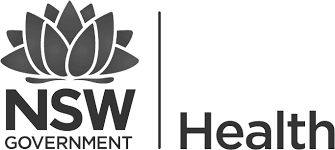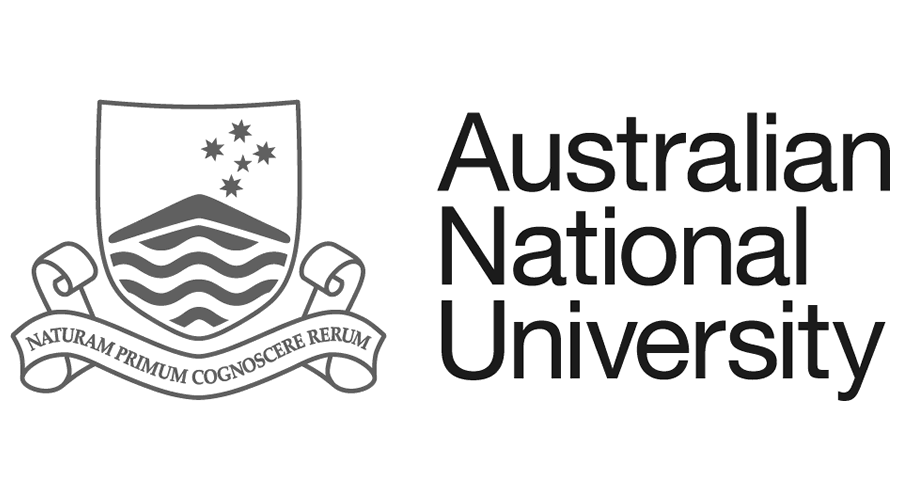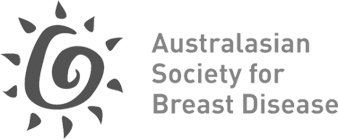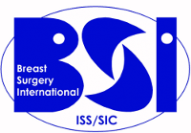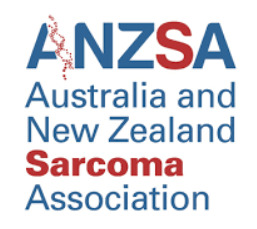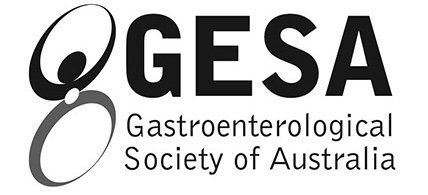BREAST LUMP
What should I do if I find a breast lump?
A new breast lump (or breast change) should be investigated with the triple test.
The triple test refers to 3 diagnostic components.
Medical History and Clinical Breast Examination
Imaging
- Under age 35: ultrasound is recommended as the first imaging modality.
- 35 years and over: mammogram and ultrasound should both be performed.
- In pregnancy or lactation: ultrasound is the most useful modality.
Biopsy
- Fine needle aspiration biopsy can be used to confirm the diagnosis of a breast cyst or fibroadenoma.
- Core biopsy is preferable for the investigation of suspicious lesions, as it can differentiate between in situ and invasive cancer. It can also provide additional information such as tumour type, tumour grade and receptor status.
The triple test is more accurate at detecting breast cancer than the individual components alone. When performed appropriately, the triple test will detect over 99.6% of breast cancers. A triple test negative on all components means breast cancer can be ruled out with 99% accuracy. An abnormal result (indeterminate, suspicious or malignant) on any component of the triple test requires referral to a breast surgeon.
What are the benign causes of breast lumps?
Breast Cyst
A breast cyst is an accumulation of fluid within the breast.
Breast cysts are most common in women between the ages of 30 and 50.
It is not known what causes breast cysts.
Breast cysts can be single or multiple and vary in size during the menstrual cycle.
Breast cysts can result in a breast lump (usually smooth and mobile, sometimes tender) and nipple discharge (clear, yellow or dark brown).
Breast cysts are classified according to how they look on ultrasound.
- Simple cysts have smooth, thin, regularly shaped walls and are completely filled with fluid.
- Complex cysts have irregular and thick walls and some evidence of solid areas and/or debris in the fluid.
- Complicated cysts are “in between” simple and complex. They share most of the features of simple cysts but tend to have some debris inside them. But they do not have the thick walls or obvious solid components that a complex cyst has.
Simple cysts do not require treatment or follow-up. Cysts that are causing pain can be aspirated to reduce discomfort. Surgery (excisional biopsy) is rarely recommended, only for cysts that recur after repeated aspiration or cysts that show worrying features on imaging or biopsy.
Breast cysts do not progress to breast cancer and do not increase your risk of cancer. But it is important to continue to be breast aware and see your doctor if you notice any changes in your breasts, regardless of how soon these occur after your diagnosis of a breast cyst.
Fat Necrosis
Fat necrosis occurs when an area of fatty tissue in the breast is damaged, usually after breast surgery, radiotherapy or trauma.
Fat necrosis can result in a breast lump (usually firm, sometimes tender) and nipple inversion.
Fat necrosis is harmless, and in most cases the body will break it down over a few months.
It can be difficult to tell the difference between fat necrosis and breast cancer on clinical examination and on mammogram, so a biopsy may be required for diagnosis.
Fat necrosis does not require treatment or follow-up.
Fat necrosis does not increase your risk of breast cancer. But it is important to continue to be breast aware and see your doctor if you notice any changes in your breasts, regardless of how soon these occur after your diagnosis of fat necrosis.
Fibroadenoma
A fibroadenoma is a common benign breast tumour made up of both glandular tissue and fibrous tissue.
Fibroadenomas are most common in women between the ages of 15 and 35.
It is not known what causes a fibroadenoma. It is thought that it probably occurs because of increased sensitivity to the hormone oestrogen.
Fibroadenomas can be single or multiple. If left alone, one third will decrease in size (or even disappear), one third will increase in size and one third will remain the same.
Fibroadenomas can grow during pregnancy and breastfeeding or while taking hormone replacement therapy, but usually reduce in size again afterwards.
Fibroadenomas usually present as a breast lump that is smooth and mobile, and sometimes tender. Fibroadenomas are referred to as ‘breast mice’ as their ability to move so freely gives the feeling that they are running away from the examining hand.
Surgery (excisional biopsy) is recommended for fibroadenomas that are painful, larger than 3 cm in size (or increasing in size) or show worrying features on imaging or biopsy. Fibroadenomas that are not removed are usually monitored with ultrasound for a period of time.
Most fibroadenomas do not increase your risk of breast cancer. But it is important to continue to be breast aware and see your doctor if you notice any changes in your breasts, regardless of how soon these occur after your diagnosis of a fibroadenoma.
Intraductal Papilloma
An intraductal papilloma is a benign wart-like tumour that grows inside the ducts of the breast. It is made up of glandular tissue as well as fibrous tissue and blood vessels.
Intraductal papilloma is not the same as papillary breast cancer, although people confuse the 2 conditions because of their similar names.
- A central intraductal papilloma grows in a large duct just below the nipple. It is usually a single growth. It can present as nipple discharge (clear or blood-stained) or a small breast lump (sometimes painful). Central intraductal papillomas are most common in women between the ages of 30 to 50.
- A peripheral intraductal papilloma grows in the terminal ducts, which are further away from the nipple. Peripheral intraductal papillomas tend to be multiple and can appear in both breasts. They are less likely to cause nipple discharge.
Surgery (excisional biopsy) is generally recommended for intraductal papillomas. Papillomas that are not removed are usually monitored with ultrasound for a period of time.
Having a solitary papilloma does not increase your risk of breast cancer, unless it contains atypical changes such as atypical ductal hyperplasia. Having multiple papillomas is associated with a slight increase in the risk of breast cancer.
Diabetic Mastopathy
Diabetic mastopathy is an uncommon benign breast condition typically affecting premenopausal women with type 1 diabetes. It can also occur in men, and in people with type 2 diabetes who are often insulin dependent.
Diabetic mastopathy is also referred to as sclerosing lymphocytic lobulitis of the breast, lymphocytic mastitis and fibrosis and diabetic fibrous disease. It is not known what causes diabetic mastopathy.
Diabetic mastopathy can present as solitary or multiple breast lumps that are non-tender, mobile and firm to hard in consistency, and can mimic breast cancer.
It is not possible to tell the difference between diabetic mastopathy and breast cancer on clinical examination and on imaging, so a core biopsy is usually required for diagnosis. Surgery (excisional biopsy) is recommended when malignancy cannot be excluded.
Diabetic mastopathy do not increase your risk of breast cancer, and the lumps do not progress to become breast cancer. However, diabetic mastopathy can recur after surgical excision and more lumps can develop.
It is important to continue to be breast aware after your diagnosis of diabetic mastopathy, and any new breast lumps should be assessed using the triple test.
Other Benign Tumours
Other benign tumours that may be found in the breast include
- Lipoma: a tumour formed by the overgrowth of fat cells.
- Hamartoma: a tumour formed by the overgrowth of mature breast cells, and may contain fatty, fibrous and glandular tissue.
- Hemangioma: a rare tumour made of blood vessels.
- Neurofibroma: a tumour formed by overgrowth of nerve cells.
None of these tumours increases your risk of breast cancer, but they may need to be biopsied or removed (excisional biopsy) for diagnosis and to be sure they do not contain cancerous cells.

